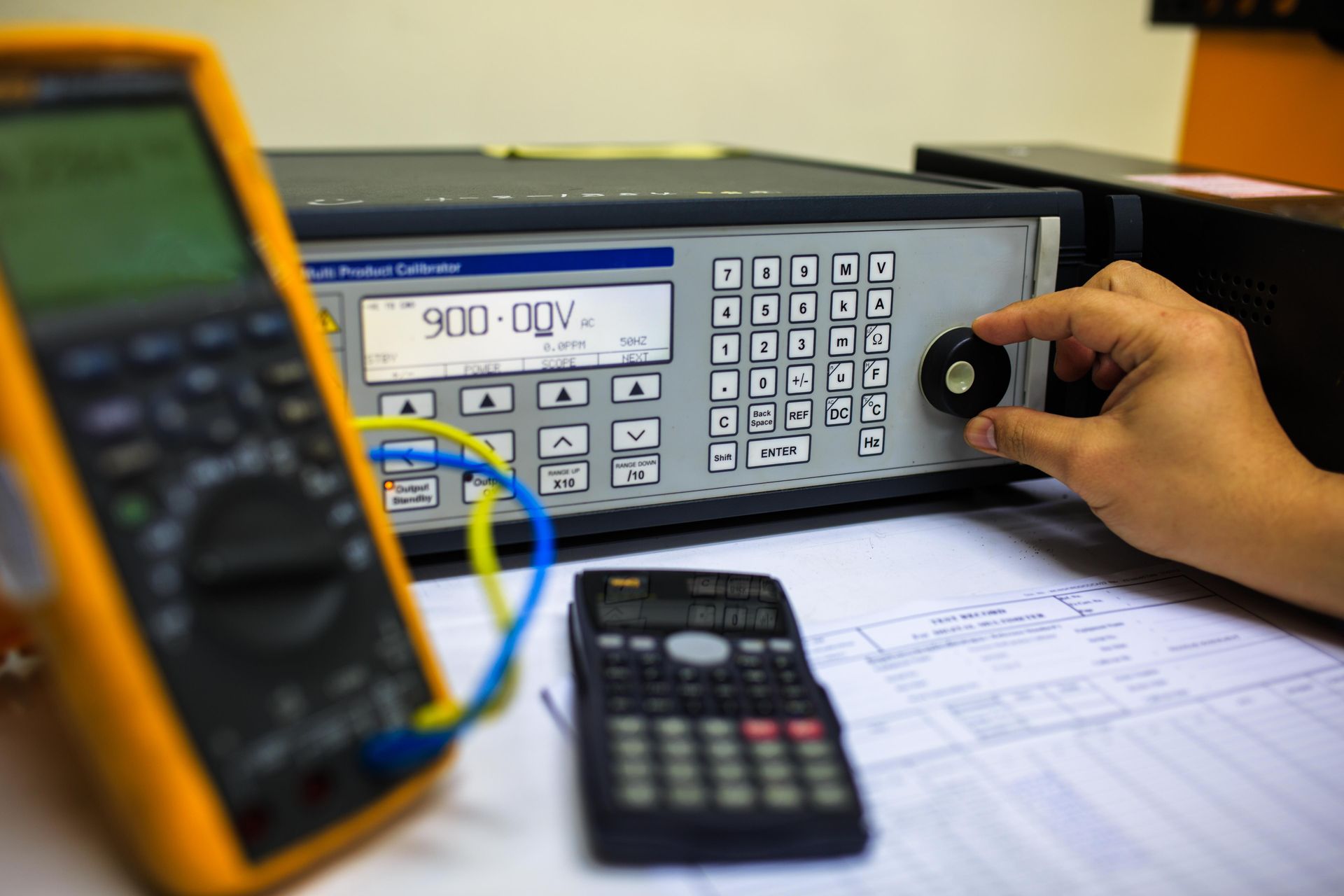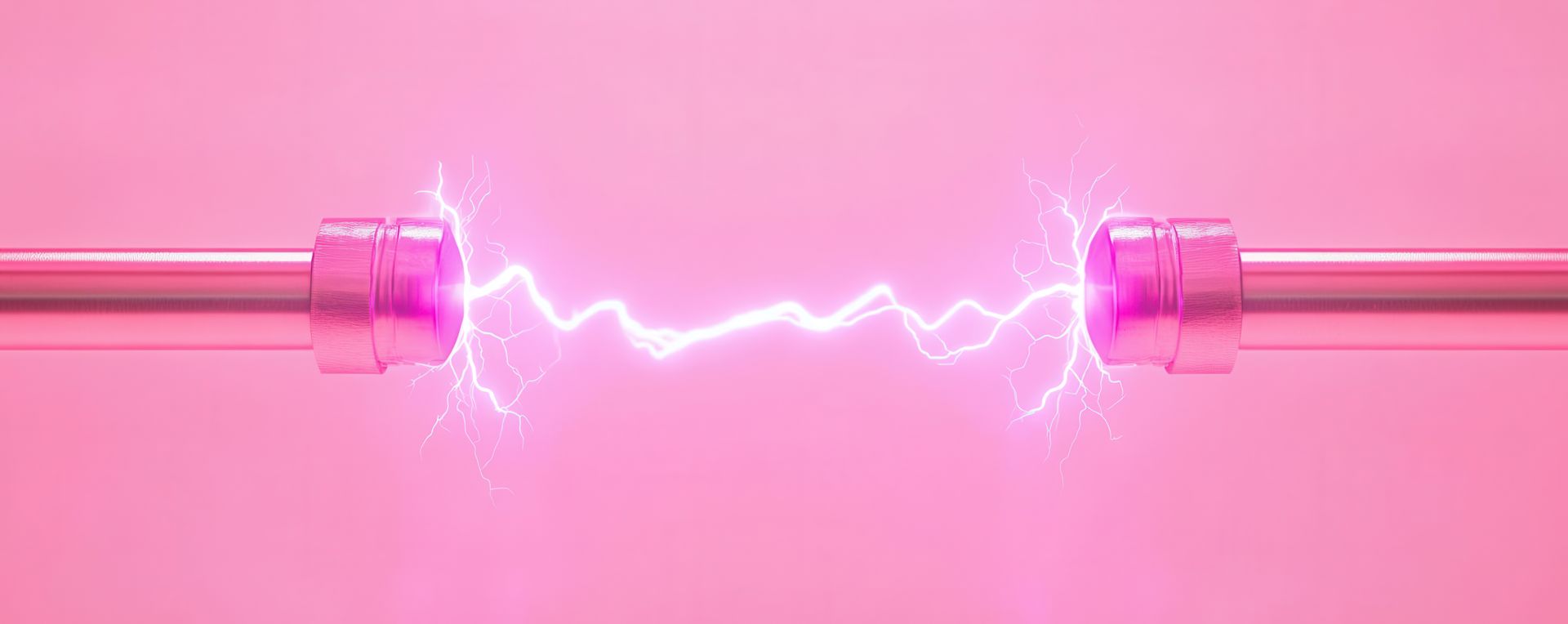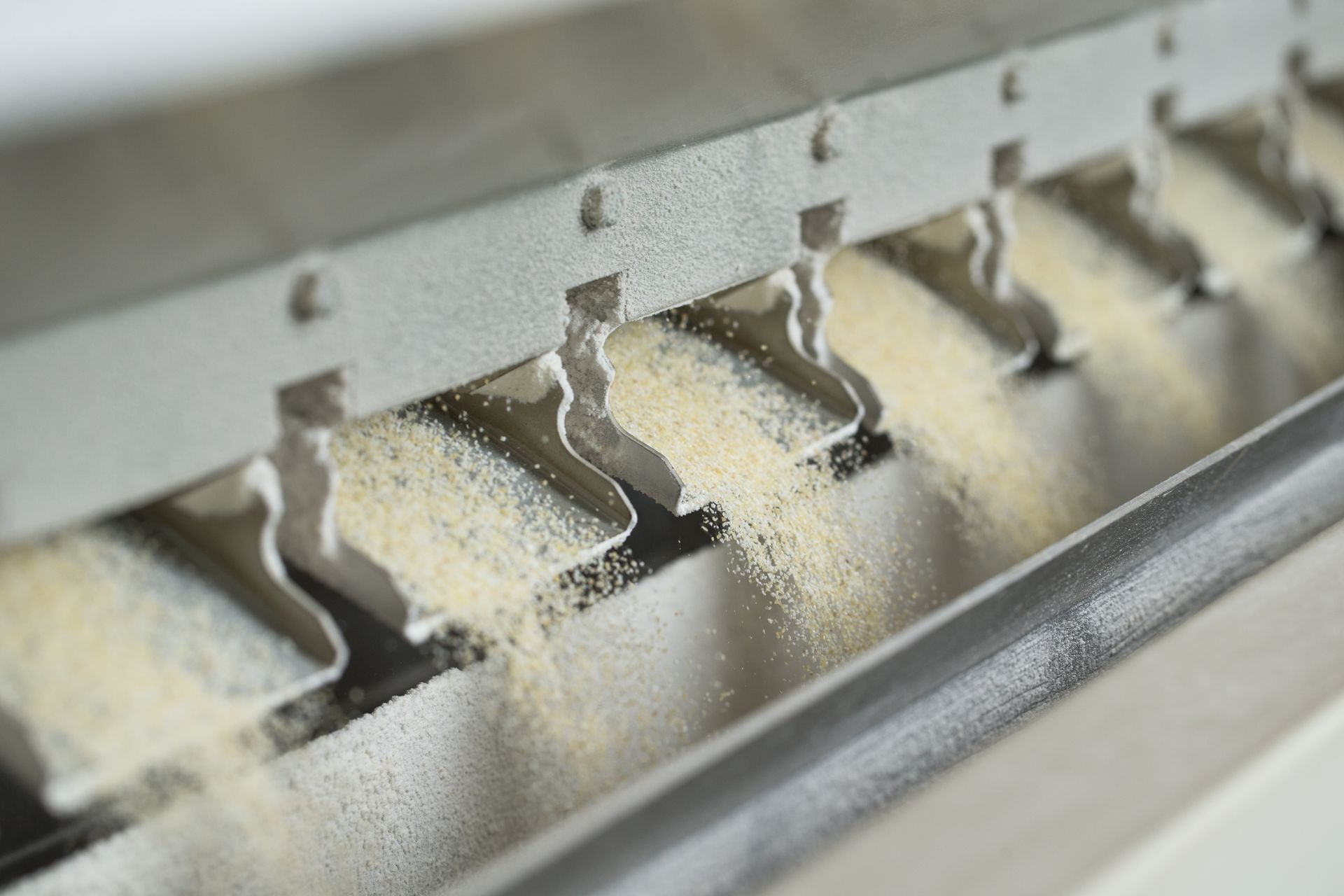Workplace Gauss Meter Guide: Safety Testing Made Simple

Gauss meters are the standard instruments for assessing magnetic field strength in workplaces like laboratories and manufacturing plants. They offer essential data to ensure operational safety, regulatory compliance, and equipment protection. Accurate readings depend on a clear understanding of the device, awareness of safety thresholds, and consistent testing procedures.
This guide outlines the fundamentals of gauss meter use, practical testing steps, and how to establish safe and effective workplace testing routines. Read on to learn how to integrate gauss meter safety testing into your facility’s workflow.
Essential Gauss Meter Basics
Before launching into testing procedures, it's important to understand what a gauss meter is, why workplace testing matters, and how to determine when measurements are needed.
Explore how these fundamentals support accurate readings and healthier work environments.
Understanding Your Testing Equipment
A
gauss meter typically consists of a Hall-effect sensor probe and a display that shows magnetic field strength in units such as gauss or tesla. The sensor must be positioned correctly—usually held perpendicular to the field being measured—to ensure accurate responses.
Key Safety Thresholds to Know
Magnetic field safety thresholds vary by industry and application. Sectors involving sensitive electronics or healthcare often require strict limits to protect personnel and equipment. A gauss meter helps verify that magnetic fields remain within acceptable values, reducing risk and supporting compliance.
When Testing is Required
Test frequency depends on usage, risk exposure, and equipment type.
Calibration should be performed annually in high-use or critical environments, or following any device damage or operational irregularity. Regular testing also ensures ongoing safety and can support audit readiness.
Step-by-Step Testing Guide
Structured procedures help ensure consistent, accurate readings. Implementing best practices for setup, measurement, and documentation is crucial for workplace safety.
Setting Up Your Meter Correctly
Begin by powering up the gauss meter and allowing it to stabilise. Zero the reading to eliminate ambient magnetic interference before measurement. Confirm that the sensor is connected and oriented correctly as per the user manual.
Ensure the testing area is free from nearby magnetic sources that could distort readings, such as mobile phones, metal tools, or active machinery.
Taking Accurate Measurements
Bring the sensor near the magnet or equipment under test, holding it to the magnet. Take readings slowly, and wait for the meter to reach a stable baseline.
Recording and Interpreting Results
Note both the numerical reading and relevant testing details, such as location, device status, and environmental factors. Compare the reading against predefined safety thresholds. Any result exceeding the threshold should trigger a review or corrective action.
Documenting these results not only supports internal safety protocols but also strengthens compliance during third-party inspections or audits.
Workplace Testing Protocols
Maintaining safe magnetic environments requires planning and proactive routines. This includes identifying high-risk zones, scheduling tests, and preparing for emergencies.
High-Risk Areas to Monitor
Environments near strong magnets, heavy machinery, or sensitive workstations are priority test locations. Magnetic interference near controls or magnetic-sensitive equipment poses safety and quality risks, making these areas critical for regular monitoring.
Creating Testing Schedules
Define testing intervals based on operational risk and regulatory mandates. High-risk zones might require daily or weekly checks, while low-risk areas could be monitored monthly or quarterly. Integrate these schedules into standard operating procedures to ensure consistency and accountability.
Emergency Response Steps
If a reading exceeds safety thresholds or indicates sudden shifts, halt operations in the affected area. Evacuate personnel as needed and bring in qualified technical support to assess and correct the issue. After resolution, repeat testing to confirm that safety levels are restored and log the incident and resolution steps.
Want to ensure your team gets accurate readings every time?
Book a gauss meter training session with our experts and equip your staff with the skills to test safely and effectively.
Maintaining Testing Standards
Consistency over time relies on proper instrument maintenance, regular calibration, and thorough documentation of every testing cycle. Here’s what you need to do to ensure your gauss meter continues delivering precise, reliable results throughout its service life.
Equipment Calibration Requirements
Gauss meter calibration ensures accuracy. These devices should be calibrated by providers with ISO 17025 or equivalent accreditation, like SAMM, following industry standards. Calibration frequency may depend on usage intensity, but at a minimum should occur annually or after any suspected measurement drift or damage.
Documentation Best Practices
Maintain a log including date, operator, equipment details, calibration status, measurements, and any follow-up actions. Such records support audits, permit tracking of changes over time, and allow swift identification of equipment anomalies.
Get Expert Help with Your Gauss Meter at Sematic Magnet
Sematic Magnet provides expert support for all gauss meter needs, from calibration and repair to training and technical guidance. With years of experience assisting Malaysian heavy industries, we ensure your measurement tools remain accurate, compliant, and fit for purpose.
Whether you’re setting up a new facility or refining existing safety protocols, our team can help you build a reliable magnetic testing routine.
Contact us today for tailored solutions and expert insights into safe, efficient magnet testing at work!












